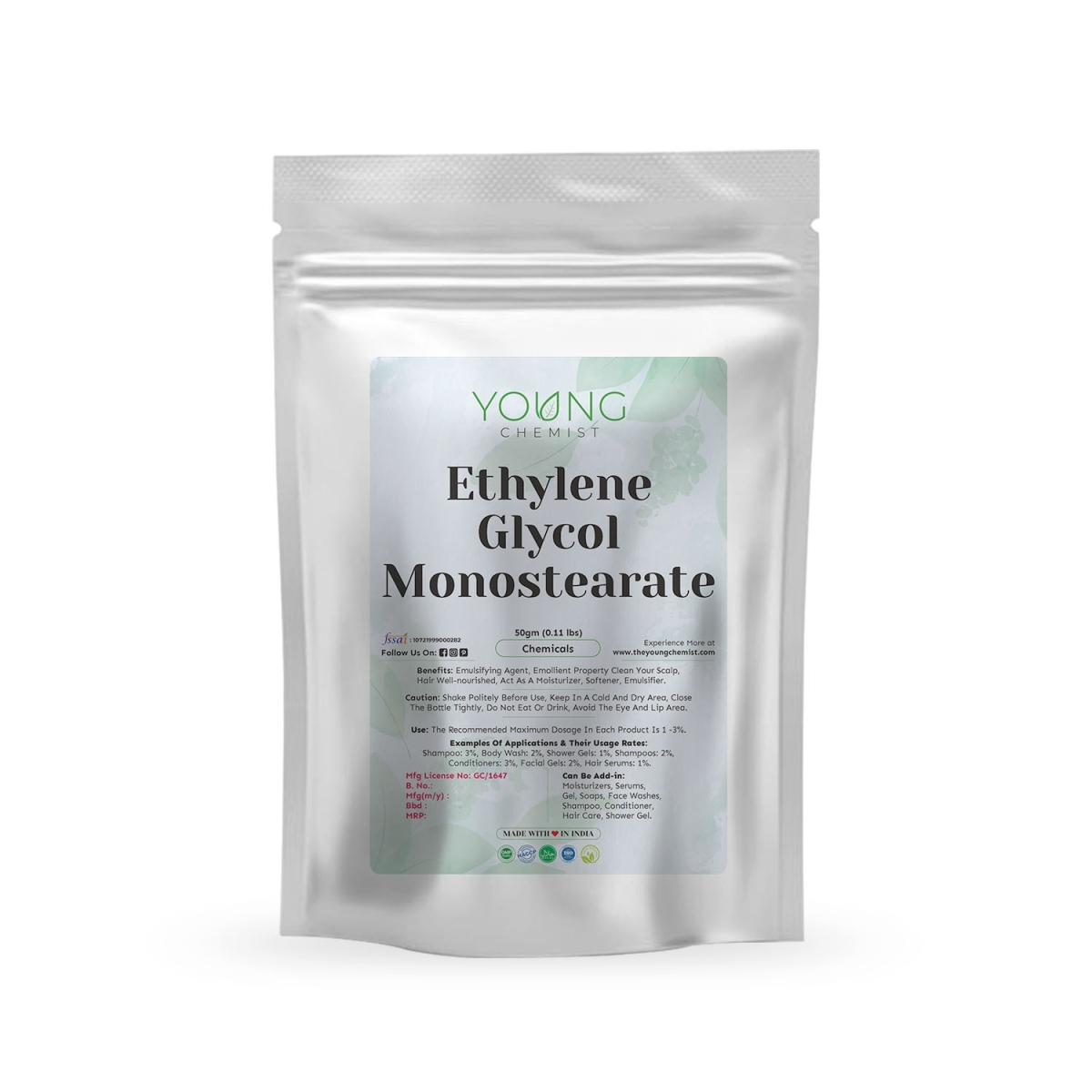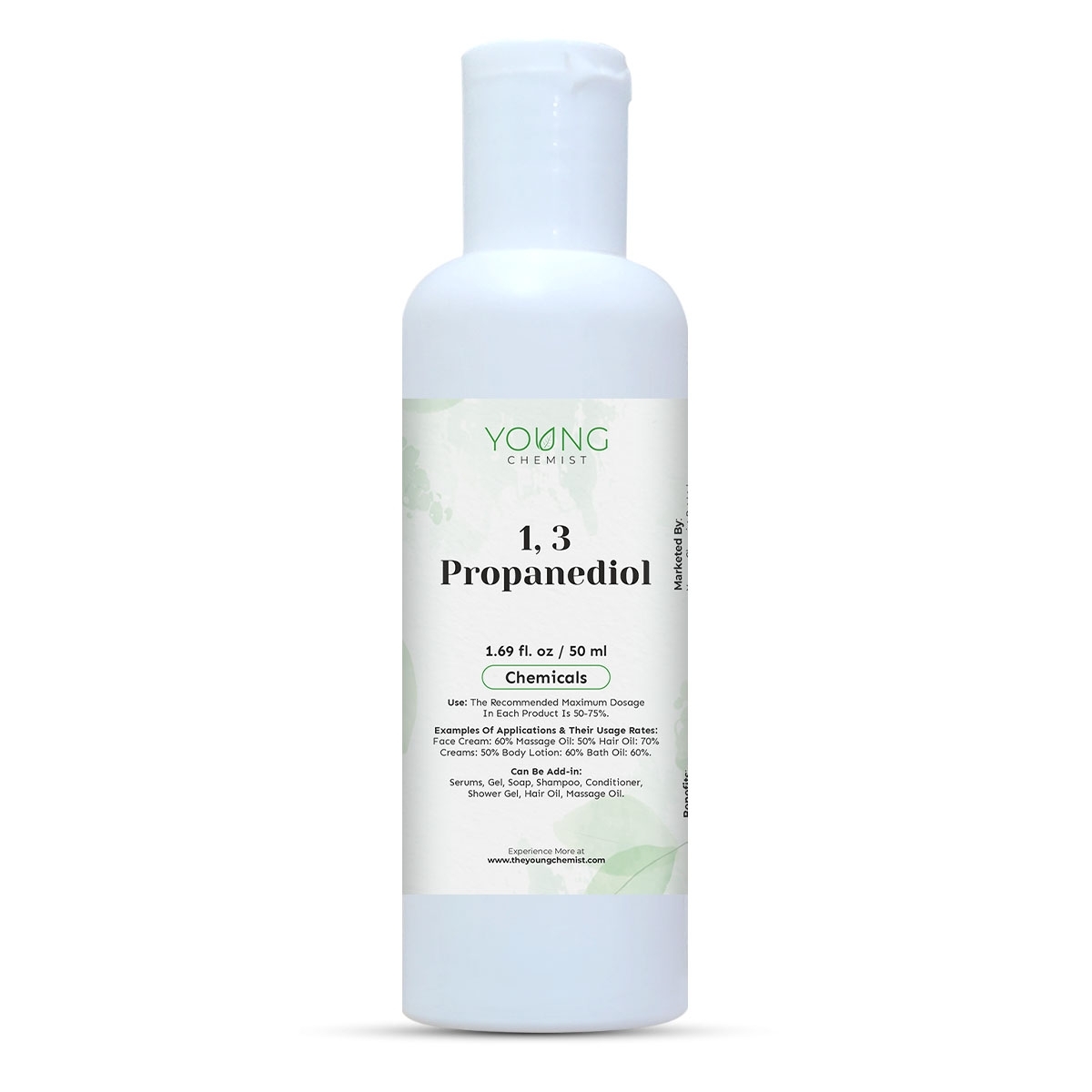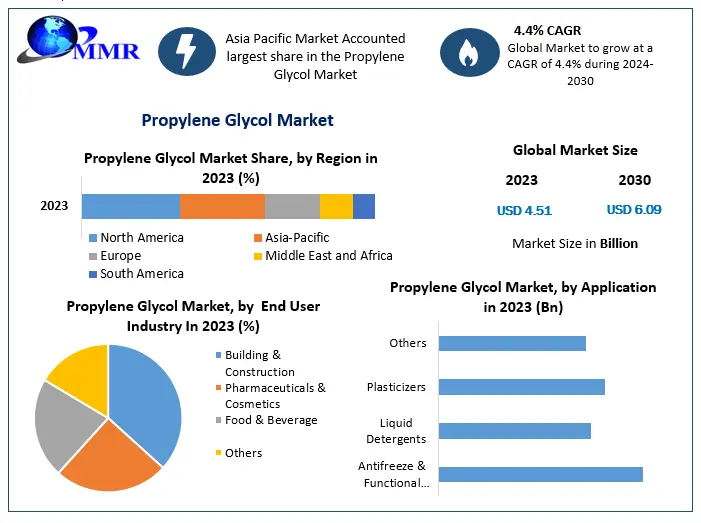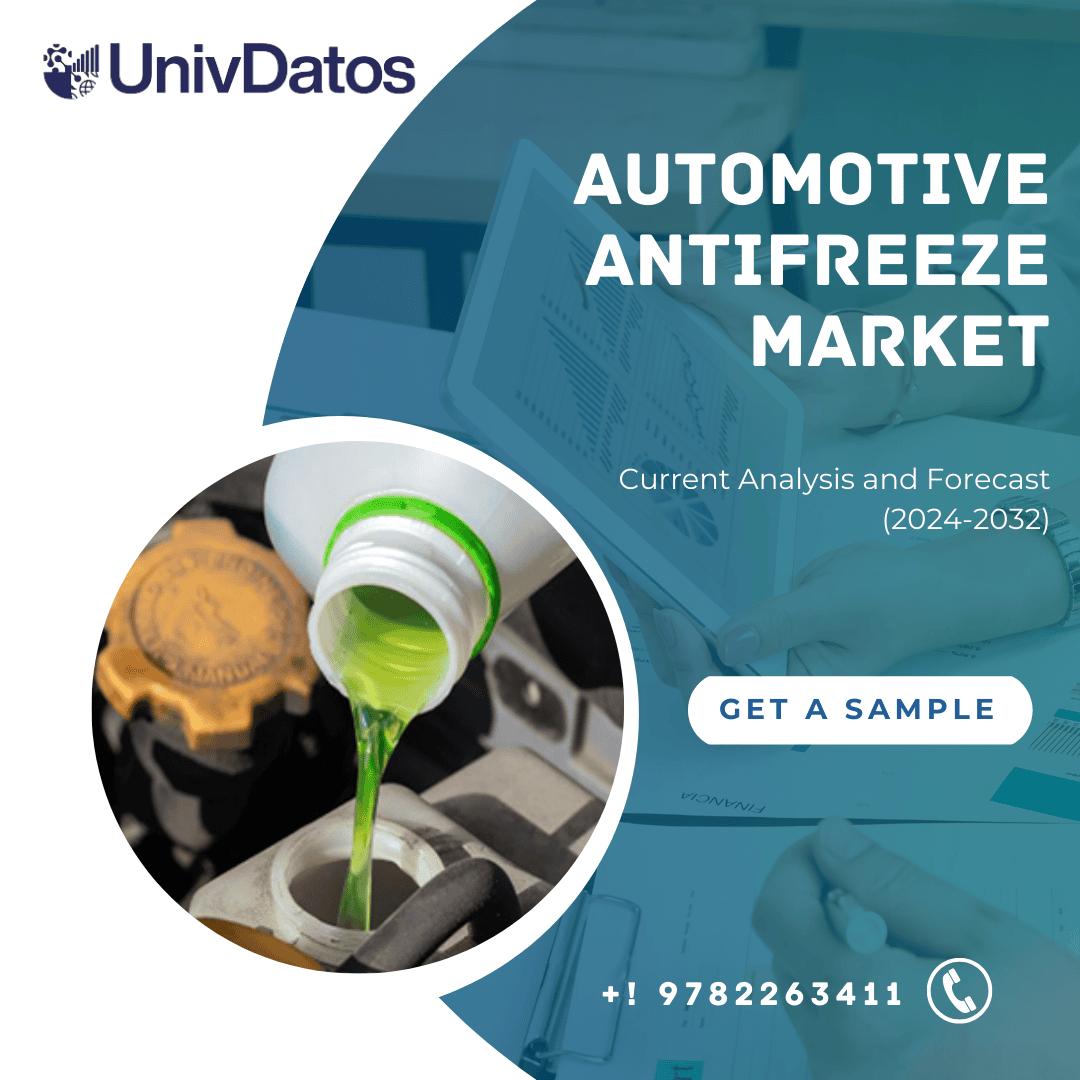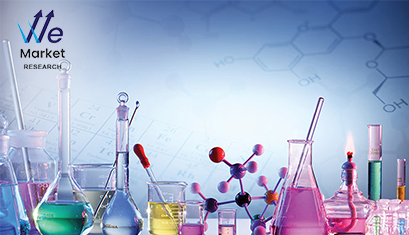Ethylene Glycol Monostearate (EGMS)
Novo
$1
In stock
india
0 Anterior
Young Chemist Ethylene Glycol Monostearate (EGMS) is a cosmetic chemical commonly used in personal care and cosmetic products. It is derived from ethylene oxide and stearic acid. EGMS serves various functions in cosmetic formulations and offers several benefits. However, it is essential to use it with caution and be aware of potential risks. Here is a description of EGMS, its benefits, how to use it, and cautions to consider:
Ethylene Glycol Monostearate (EGMS) is a white, waxy solid or creamy substance with a faint odor. It is an ester composed of ethylene glycol and stearic acid, which gives it its emulsifying and stabilizing properties. EGMS is soluble in oils and insoluble in water, making it suitable for various cosmetic formulations.
More : https://www.theyoungchemist.com/detail/ethylene-glycol-monostearate-egms.html
Ethylene Glycol Monostearate (EGMS) is a white, waxy solid or creamy substance with a faint odor. It is an ester composed of ethylene glycol and stearic acid, which gives it its emulsifying and stabilizing properties. EGMS is soluble in oils and insoluble in water, making it suitable for various cosmetic formulations.
More : https://www.theyoungchemist.com/detail/ethylene-glycol-monostearate-egms.html
Young Chemist Ethylene Glycol Monostearate (EGMS) is a cosmetic chemical commonly used in personal care and cosmetic products. It is derived from ethylene oxide and stearic acid. EGMS serves various functions in cosmetic formulations and offers several benefits. However, it is essential to use it with caution and be aware of potential risks. Here is a description of EGMS, its benefits, how to use it, and cautions to consider:
Ethylene Glycol Monostearate (EGMS) is a white, waxy solid or creamy substance with a faint odor. It is an ester composed of ethylene glycol and stearic acid, which gives it its emulsifying and stabilizing properties. EGMS is soluble in oils and insoluble in water, making it suitable for various cosmetic formulations.
More : https://www.theyoungchemist.com/detail/ethylene-glycol-monostearate-egms.html
0 Comentários
0 Compartilhamentos
2K Visualizações
0 Anterior



